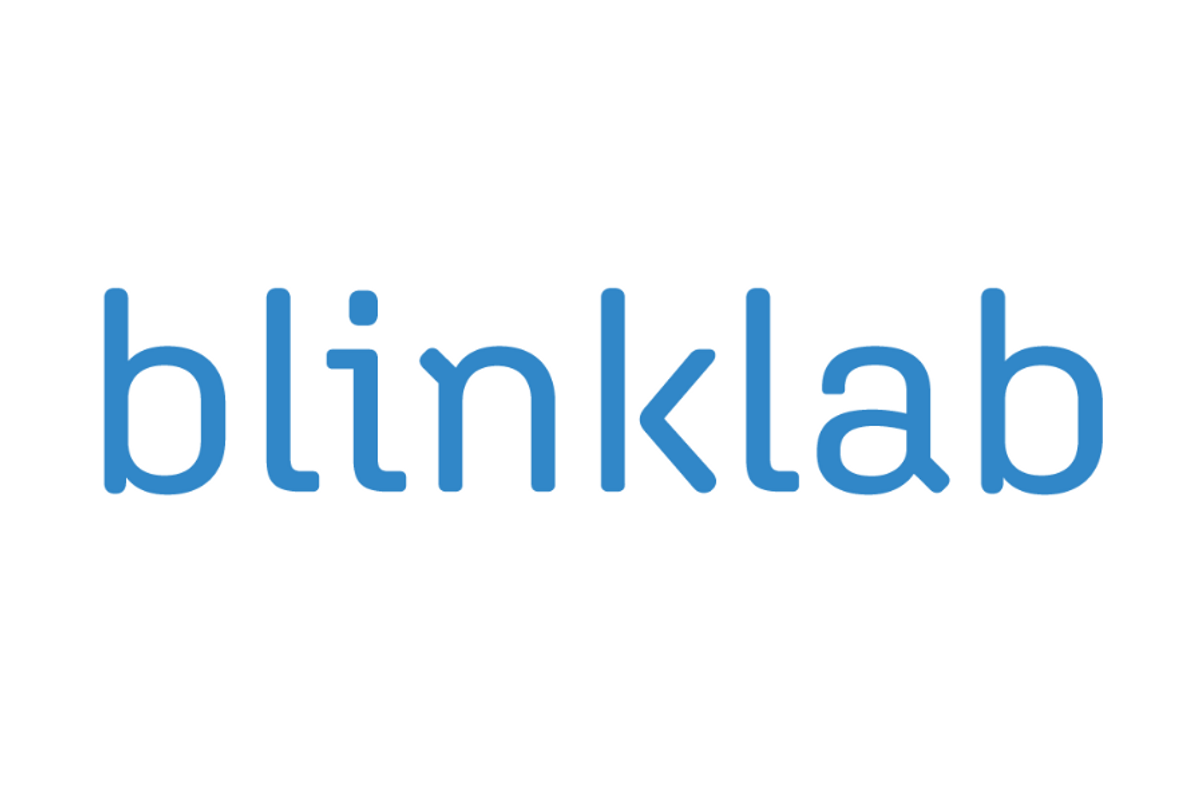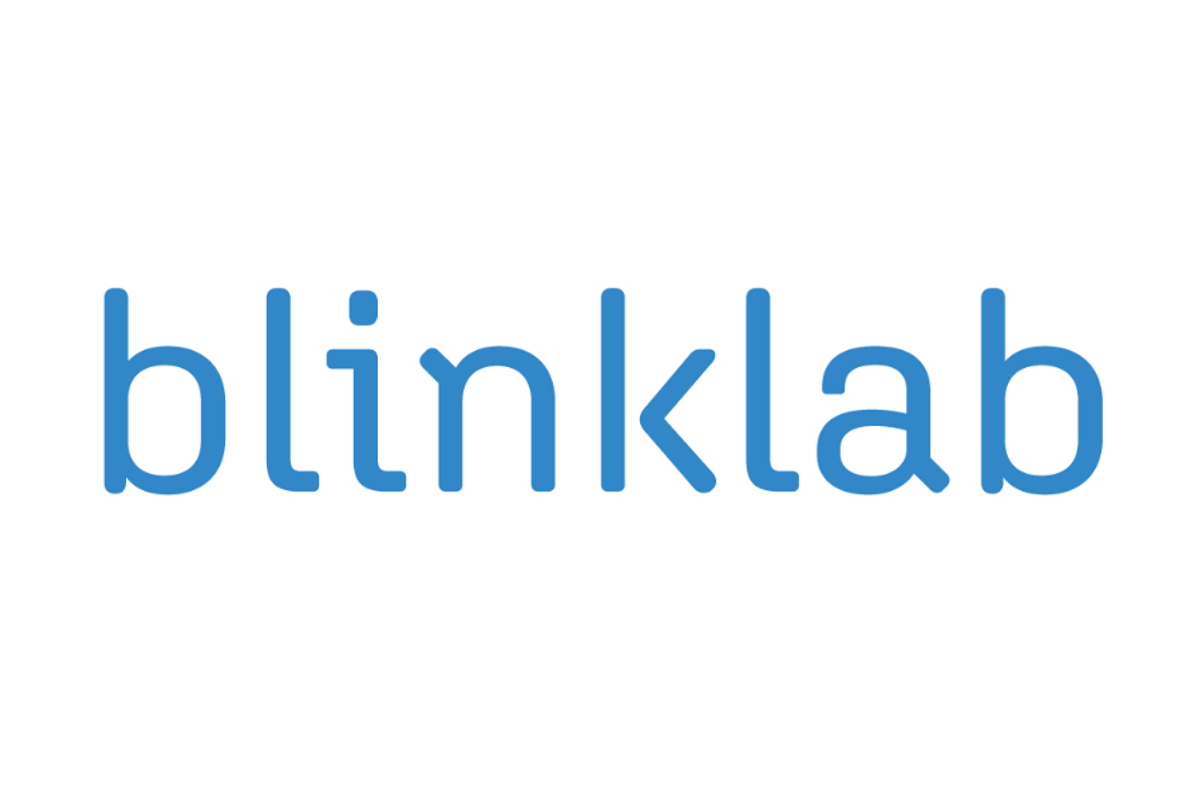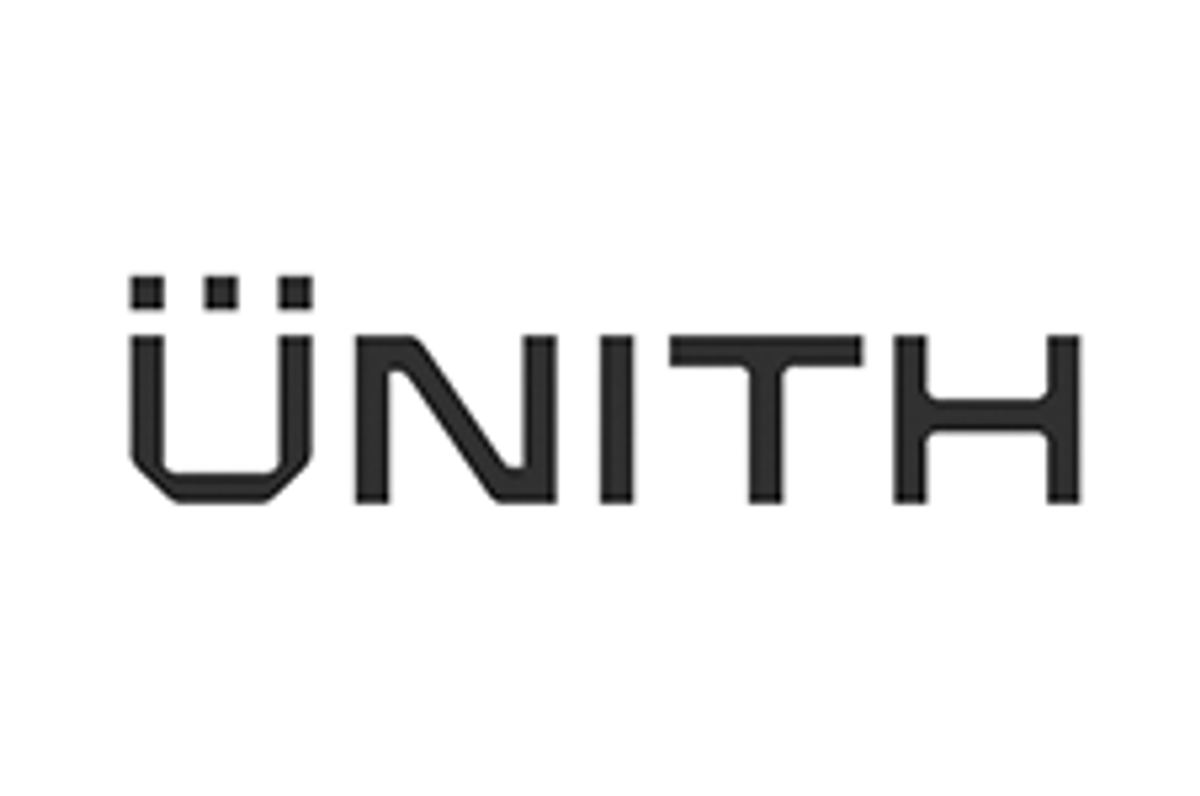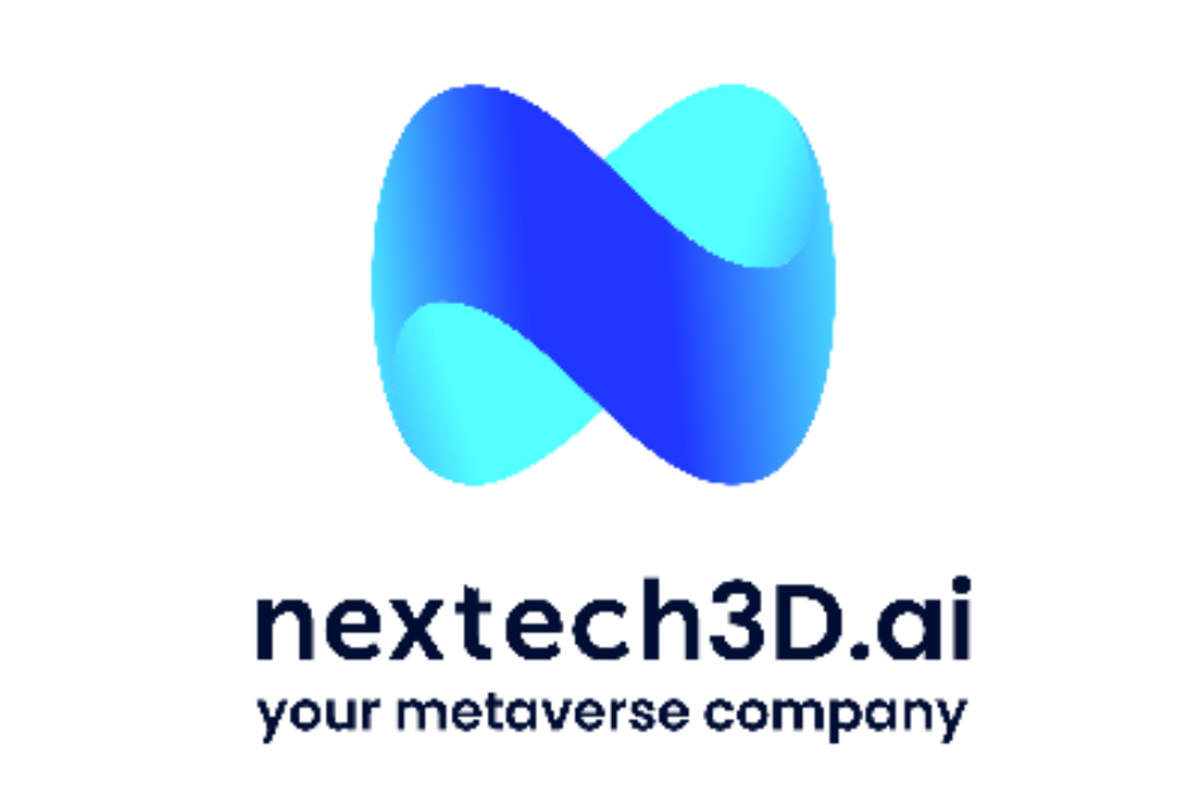
July 23, 2024
Partnership aligns with BlinkLab’s strategy to enhance its AI-powered digital platform for sensory phenotyping and promote global adoption.
BlinkLab Limited (ASX:BB1) (“BlinkLab” or the “Company”), an innovative digital healthcare company developing smartphone-based AI-powered diagnostic tests for neurological disorders, advises it will be participating in a clinical study in patients with spinocerebellar ataxias conducted by Columbia University, New York.
Highlights
- New study in partnership with Columbia University, New York, to study the effect of aerobic physical exercise on neuroplasticity in adults with spinocerebellar ataxias (“SCA”).
- Potential to demonstrate that the BlinkLab eyeblink conditioning test can serve as an effective biomarker for neuroplasticity in human SCA patients.
- Partnership will contribute to global adoption of the BlinkLab platform by world renowned centres and research institutions to study a variety of neurological disorders.
- Study will continue for up to 18 months and will recruit up to 62 adults with SCA.
- Collaboration agreement ensures that BlinkLab will have an option to exclusively licence any intellectual property developed as a direct result of the partnership.
Henk-Jan Boele, CEO of BlinkLab commented:
“Since the very first successful test of the BlinkLab platform in the lab at Princeton University, our team’s vision has always been to develop a tool that will someday be considered as a standard of care in the initial diagnosis of neurodevelopmental conditions where children have difficulties in processing sensory information, such as autism and ADHD. However, as a team of scientists we also envisioned the development of a research platform that would facilitate groundbreaking digital sensory phenotyping in neuropsychiatric conditions in a much broader sense. In the past few months we have made significant progress towards this goal as evident from the adoption rate of our technology among top researchers across a broad range of neuropsychiatric clinical disciplines. We know that research adoption will smoothen clinical adoption. Data generated from these studies will further inform our machine learning training and ensure BlinkLab remains the leader in the field of digital sensory phenotyping in humans.”
What is Spinocerebellar Ataxia?
Spinocerebellar ataxias are a group of disorders in which progressive cerebellar degeneration leads to severe disability and even death. An estimated 150,000 Americans are living with these diseases1, and the average annual healthcare cost to the United States is over 1.9 billion dollars2. There are currently no effective treatments or cures for genetic causes of these diseases. Thus, there is a critical need to find treatments that slow disease progression and allow affected individuals to live more functional lives.
Researchers at Columbia University Medical Center demonstrated that aerobic training is a promising treatment for spinocerebellar ataxias, but the mechanism of action is not fully understood. Training may increase leg strength and endurance which allow compensation for balance deficits, but may also cause neuroplastic changes in the brain that are of benefit. In fact, long-term aerobic training in healthy individuals has been shown to create a fertile brain environment by increasing expression of plasticity-related genes and growth factors to support subsequent learning.
Prior work with in-person laboratory assessments has shown that individuals with spinocerebellar ataxia have impaired eyeblink conditioning, poor retention of learning, and difficulty increasing learning capacity across multiple training sessions. There are no published studies in humans examining the impact of exercise training on eyeblink conditioning, but a few animal studies have been conducted. Experimental animals that perform aerobic exercise are able to condition (i.e. associative learning tasks) significantly better than sedentary rats.
Dr. Scott Barbuto, Columbia University, commented on the study:
”The current study will investigate the impact of acute and long-term aerobic training on eyeblink conditioning in individuals with spinocerebellar ataxia. The aim of this study is to demonstrate that aerobic training, but not balance training, causes neuroplastic changes in the cerebellum to enhance motor learning. Eyeblink conditioning has had limited use in clinical studies and is used more often in basic science research. Reasons for limited use include: the high cost of the standard equipment setup needed to test eyeblink conditioning and the need for extensive programming and data management skills to acquire and interpret data. Some studies have been conducted on individuals with spinocerebellar ataxia, but sample sizes are typically very small, ranging from 8-24 participants. With the use of BlinkLab, we will be able to test many individuals with ataxia and determine if differences exist between various types. We will also determine if exercise impacts eyeblink conditioning in individuals with ataxia, a topic that has not been investigated to date.”
Click here for the full ASX Release
This article includes content from Blinklab Limited, licensed for the purpose of publishing on Investing News Australia. This article does not constitute financial product advice. It is your responsibility to perform proper due diligence before acting upon any information provided here. Please refer to our full disclaimer here.
BB1:AU
The Conversation (0)
25 September 2024
BlinkLab Limited
Revolutionising Mental Health Care Through Mobile Solutions
Revolutionising Mental Health Care Through Mobile Solutions Keep Reading...
01 May 2025
Successful Placement of A$7.66M to Underpin Growth Strategy
BlinkLab Limited (BB1:AU) has announced Successful Placement of A$7.66M to Underpin Growth StrategyDownload the PDF here. Keep Reading...
29 April 2025
Trading Halt
BlinkLab Limited (BB1:AU) has announced Trading HaltDownload the PDF here. Keep Reading...
27 April 2025
Quarterly Activities/Appendix 4C Cash Flow Report
BlinkLab Limited (BB1:AU) has announced Quarterly Activities/Appendix 4C Cash Flow ReportDownload the PDF here. Keep Reading...
31 March 2025
BlinkLab Surpasses Key Milestone in Pivotal U.S. Trial
BlinkLab Limited (BB1:AU) has announced BlinkLab Surpasses Key Milestone in Pivotal U.S. TrialDownload the PDF here. Keep Reading...
30 March 2025
Trading Halt
BlinkLab Limited (BB1:AU) has announced Trading HaltDownload the PDF here. Keep Reading...
28 December 2025
Unith Strengthens Funding Position
Unith (UNT:AU) has announced Unith Strengthens Funding PositionDownload the PDF here. Keep Reading...
24 December 2025
CORRECTION: Nextech3D.ai Provides Shareholder Update on Krafty Labs Acquisition and Announces $321,917 CEO Investment
Correction: The conversion price was incorrectly reported as .14/share. The correct price is .165/shareCorrection: Nextech3D.ai Provides Shareholder Update on Krafty Labs Acquisition and Announces $321,917 CEO InvestmentCorrection: The conversion price was incorrectly reported as .14/share. The... Keep Reading...
23 December 2025
AI Market Forecast: Top Trends for AI in 2026
Artificial intelligence (AI) has cemented its role as a key sector for investors, but its path forward is shifting.Several catalysts, including sustained AI infrastructure spending and US Federal Reserve interest rate cuts, are poised to drive tech sector growth in 2026; however, massive capital... Keep Reading...
23 December 2025
Nextech3D.ai Provides Shareholder Update on Krafty Labs Acquisition and Announces New CEO Investment
CEO Investment Is a continuing sign of commitment and alignment with shareholders as he already is the largest shareholder and owns 32mill shares TORONTO, ON / ACCESS Newswire / December 23, 2025 / Nextech3D.ai (CSE:NTAR,OTC:NEXCF)(OTCQX:NEXCF)(FSE:1SS), an AI-first event technology and digital... Keep Reading...
19 December 2025
Tech Weekly: Micron Rises on Latest Results, Trump Media Jumps on TAE Merger
Welcome to the Investing News Network's weekly brief on tech news and tech stocks driving the markets. We also break down next week's catalysts to watch to help you prepare for the week ahead.Don't forget to follow us @INN_Technology for real-time news updates!Securities Disclosure: I, Meagen... Keep Reading...
18 December 2025
AI Market 2025 Year-End Review
2025 marked the digestion phase for artificial intelligence (AI). Central to this shift was the widespread move from pilot projects to full-scale implementation of AI, even as companies navigated ongoing macroeconomic, geopolitical and ethical challenges.Big Tech unleashed hundreds of billions... Keep Reading...
Latest News
Interactive Chart
Latest Press Releases
Related News
TOP STOCKS
American Battery4.030.24
Aion Therapeutic0.10-0.01
Cybin Corp2.140.00






